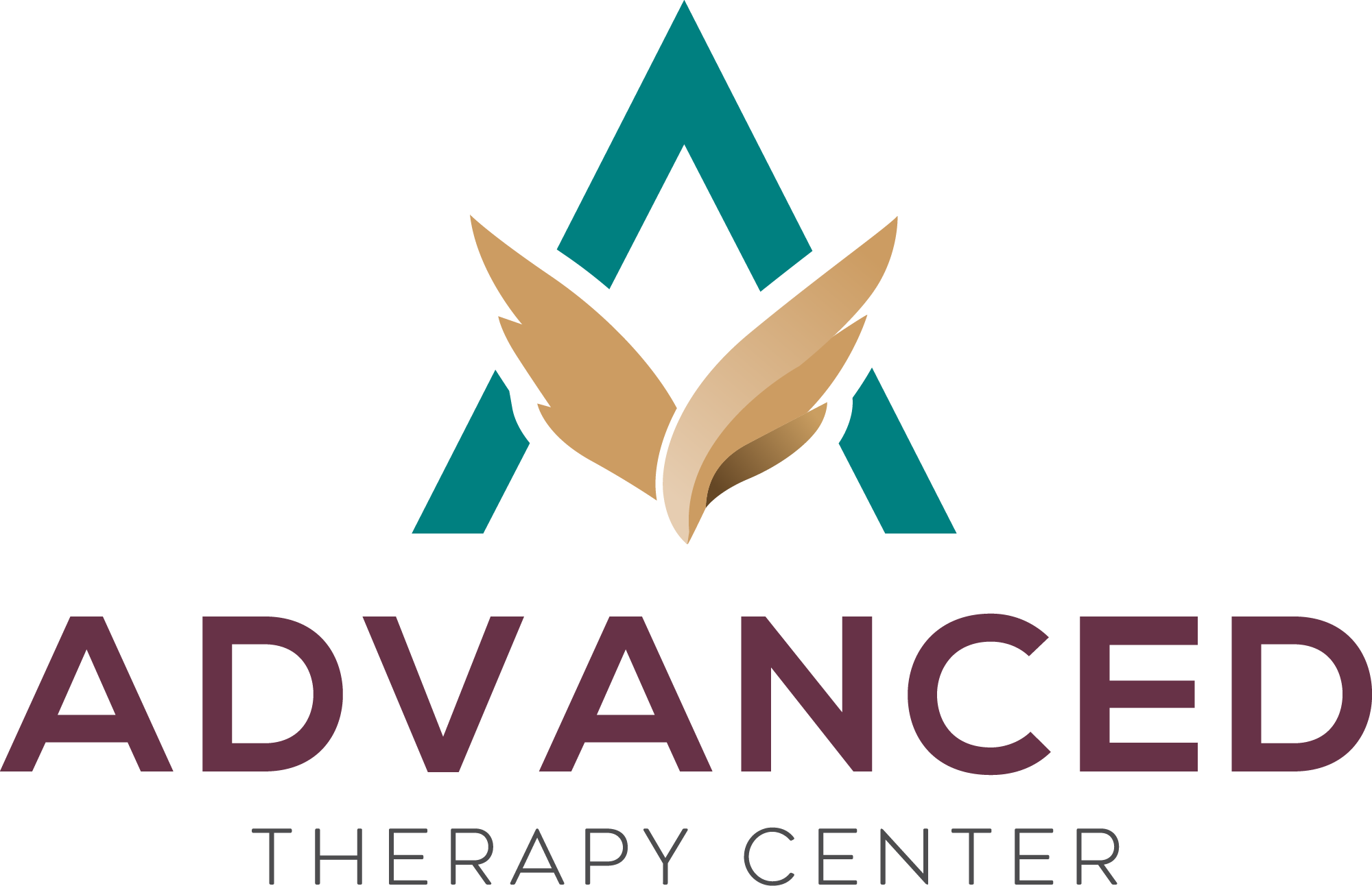What is Seasonal Depression?
Seasonal depression, clinically known as Seasonal Affective Disorder (SAD), is a type of recurring depression that follows a predictable seasonal pattern. This mental health condition affects approximately 5% of U.S. adults, with symptoms typically lasting about 40% of the year.
SAD creates significant disruptions in your daily life, impacting:
- Energy levels and motivation
- Sleep patterns
- Eating habits
- Social relationships
- Work or academic performance
The condition most commonly emerges during late fall or early winter when daylight hours decrease. For some individuals, symptoms can persist through spring, creating a cycle of emotional and physical challenges that affect their quality of life.
Research indicates that SAD is more than just “winter blues.” It’s a clinically recognized form of depression requiring proper diagnosis and treatment. The condition can range from mild to severe, with some people experiencing:
- Intense mood changes
- Difficulty concentrating
- Changes in appetite
- Withdrawal from social activities
Early recognition and professional treatment are crucial for managing SAD effectively. With proper support and intervention, you can develop strategies to maintain emotional well-being throughout seasonal changes. Understanding SAD as a legitimate mental health condition is the first step toward seeking appropriate care and support.
Recognizing the Symptoms of Seasonal Depression
Seasonal Affective Disorder (SAD) manifests differently during winter and summer months, with distinct symptom patterns that can significantly impact daily life.
Winter-Pattern SAD Symptoms:
- Excessive sleeping (hypersomnia)
- Intense cravings for carbohydrate-rich foods
- Significant weight gain
- Persistent fatigue and low energy levels
- Social withdrawal (“hibernation” behavior)
- Difficulty concentrating
- Feelings of hopelessness
Summer-Pattern SAD Symptoms:
- Insomnia or trouble sleeping
- Poor appetite and weight loss
- Agitation and restlessness
- Anxiety and irritability
- Episodes of violent behavior
- Increased social isolation
Certain demographic groups face higher risks of developing SAD. Women are four times more likely to experience SAD compared to men. Young adults between 18-30 years old show increased vulnerability to seasonal depression symptoms. Geographic location plays a crucial role – people living in northern regions with limited winter daylight hours report higher SAD rates.
The typical SAD pattern begins and ends at predictable times each year. Symptoms usually emerge in late fall or early winter and persist through the darker months. For summer-pattern SAD, symptoms start in late spring or early summer. A SAD diagnosis requires this seasonal pattern to repeat for at least two consecutive years, with seasonal depressive episodes occurring more frequently than non-seasonal depression during an individual’s lifetime.
If you suspect you might be experiencing symptoms of depression, such as those associated with SAD, you can take a free online depression test to help identify your symptoms.
Understanding the Causes and Risk Factors Behind Seasonal Depression
The biological mechanisms behind seasonal depression stem from your body’s response to reduced sunlight exposure. During darker months, your brain produces less serotonin – a key neurotransmitter that regulates mood, appetite, and sleep patterns. This drop in serotonin levels can trigger depressive symptoms and disrupt your natural circadian rhythm.
Your body’s melatonin production also shifts during seasonal changes. Darkness prompts increased melatonin release, making you feel sleepy and less energetic. When daylight hours shrink in winter, this delicate balance gets disrupted, leading to:
- Irregular sleep-wake cycles
- Decreased energy levels
- Mood fluctuations
- Changes in appetite
Environmental Risk Factors
- Living in regions with significant seasonal light changes
- Working in spaces with limited natural light exposure
- Spending extended time indoors during winter months
Genetic and Demographic Factors
- Family history of depression or SAD
- Being female (women are 4x more likely to experience SAD)
- Age (onset typically occurs between 18-30)
- Distance from the equator (higher rates in northern locations)
Research shows people living in northern latitudes face increased risk due to dramatic seasonal light changes. For example, residents of Alaska experience nearly 24 hours of darkness during winter months, significantly impacting their circadian rhythms and mental health.
Diagnosing Seasonal Depression: What You Need to Know
Mental health professionals use specific criteria to diagnose Seasonal Affective Disorder (SAD). A clinical diagnosis requires a pattern of depressive episodes occurring during particular seasons for at least two consecutive years.
Key Diagnostic Requirements:
- Depressive symptoms align with specific seasons
- Full remission occurs in alternate seasons
- Pattern repeats for minimum two years
- Seasonal episodes outnumber non-seasonal depression experiences
SAD differs from temporary “holiday blues” in its persistence and severity. While holiday stress might cause brief mood changes, SAD symptoms significantly impact daily functioning across the entire season.
Clinical Assessment Methods:
- Detailed patient history evaluation
- Mental health questionnaires
- Physical examination
- Blood tests to rule out other conditions
- Sleep pattern analysis
- Mood tracking over extended periods
Healthcare providers may use specialized tools like the Seasonal Pattern Assessment Questionnaire (SPAQ) to evaluate symptoms. This assessment helps measure the severity of seasonal changes in:
- Sleep patterns
- Social activity
- Mood fluctuations
- Weight changes
- Energy levels
- Appetite variations
A proper diagnosis might require multiple appointments as doctors need to establish the seasonal pattern and rule out other forms of depression or mental health conditions.
Effective Treatment Options for Seasonal Depression
Light Therapy
Light therapy stands as a primary treatment for seasonal depression, using specialized 10,000 lux light boxes that mimic natural sunlight. You’ll typically sit 16-24 inches from the light box for 20-30 minutes each morning, allowing the bright light to help regulate your body’s circadian rhythms and boost serotonin levels.
Cognitive Behavioral Therapy (CBT) for Seasonal Affective Disorder (SAD)
CBT-SAD represents a specialized form of cognitive behavioral therapy designed specifically for seasonal depression. This structured approach helps you:
- Identify negative thought patterns triggered by seasonal changes
- Replace unhelpful behaviors with mood-boosting activities
- Develop practical coping strategies for winter months
- Build resilience against future seasonal episodes
Antidepressant Medications
Antidepressant medications play a vital role in managing SAD symptoms. SSRIs like fluoxetine and sertraline help regulate serotonin levels, while bupropion can be started before seasonal symptoms typically begin, serving as a preventive measure.
Vitamin D Supplementation
Vitamin D supplementation can support your treatment plan, particularly if blood tests indicate low levels. Research suggests a connection between vitamin D deficiency and seasonal depression symptoms. Your healthcare provider can recommend appropriate dosage based on your individual needs.
Combining Treatments
Many people benefit from combining these treatment approaches. A light therapy session in the morning, coupled with CBT-SAD techniques and appropriate medication, creates a comprehensive strategy for managing seasonal depression symptoms effectively. Additionally, exploring various coping strategies for depression could provide further support in navigating through this challenging period.
The Role of Psychotherapy in Managing Seasonal Depression
Psychotherapy serves as a powerful tool in addressing seasonal depression by helping you understand and reshape your thoughts and behaviors. Through targeted sessions, you’ll learn to identify specific triggers that contribute to your seasonal mood changes.
Key Benefits of Psychotherapy for SAD:
- Recognizes negative thought patterns linked to seasonal changes
- Builds self-awareness around weather-related mood shifts
- Creates personalized strategies for managing symptoms
- Develops year-round coping mechanisms
Cognitive-behavioral therapy for SAD (CBT-SAD) specifically targets the psychological aspects of seasonal depression. Your therapist will guide you through exercises to challenge thoughts like “I can’t accomplish anything during winter” or “I’ll always feel trapped indoors.” These sessions help replace negative beliefs with realistic, balanced perspectives.
Practical Coping Strategies Learned in CBT-SAD:
- Planning engaging indoor activities during winter months
- Establishing consistent daily routines
- Creating social connections despite weather limitations
- Developing stress management techniques
- Building resilience against seasonal mood changes
The therapeutic process also teaches you to track your mood patterns throughout the year. This awareness helps you anticipate and prepare for seasonal changes, putting preventive strategies in place before symptoms intensify. Regular sessions provide ongoing support and allow for strategy adjustments as your needs change across seasons.
Holistic Approaches to Supporting Mental Well-being During Seasonal Changes
Holistic therapy offers a comprehensive approach to managing seasonal depression by addressing your mental, physical, and spiritual well-being. This integrative method combines traditional psychotherapy with alternative practices to create a personalized healing experience.
Key Holistic Practices for SAD Management:
- Mindfulness Meditation: Regular meditation practice helps you stay present and reduces rumination on negative thoughts associated with seasonal changes
- Breathwork Exercises: Specific breathing techniques activate your body’s relaxation response and regulate stress hormones
- Hypnotherapy Sessions: Guided hypnosis can reprogram subconscious patterns linked to seasonal mood fluctuations
- Movement Therapy: Gentle exercises like yoga or tai chi combine physical activity with mindfulness
These holistic approaches work by targeting the body’s stress response system. When you practice these techniques regularly, your nervous system becomes more resilient to seasonal transitions. Research shows that individuals who incorporate holistic methods experience reduced anxiety, improved sleep patterns, and better emotional regulation during challenging seasons.
Integrating these practices with conventional treatments creates a robust support system. You might start with 10-minute daily meditation sessions alongside your regular therapy appointments. As you progress, your therapist can help adjust and expand your holistic routine based on your response and needs.
Many clients find success by combining light therapy or medication with regular breathwork sessions. This multi-faceted approach addresses both the physiological and psychological aspects of seasonal depression, leading to more sustainable improvements in mood and energy levels.
Seeking Professional Help for Seasonal Depression at Advanced Therapy Center
Managing seasonal depression effectively requires professional guidance and evidence-based treatments. At Advanced Therapy Center, you’ll find specialized care combining light therapy, psychotherapy, and personalized treatment plans tailored to your needs.
Our comprehensive approach includes:
- Expert assessment of your seasonal depression symptoms
- Customized light therapy sessions with 10,000 lux lamps
- Individual counseling and CBT-SAD therapy
- Medication management when appropriate
Don’t wait until symptoms become severe – early intervention leads to better outcomes. Our experienced team at Advanced Therapy Center is ready to help you navigate seasonal depression with proven treatment methods.
We offer comprehensive treatment for mental health conditions including seasonal depression. Our professionals use evidence-based therapies to provide personalized care. For more information on the mental health conditions we treat, please visit our website.
If you’re ready to take the first step toward improved mental well-being, don’t hesitate to contact us at (781) 560-6067 to schedule your consultation.





